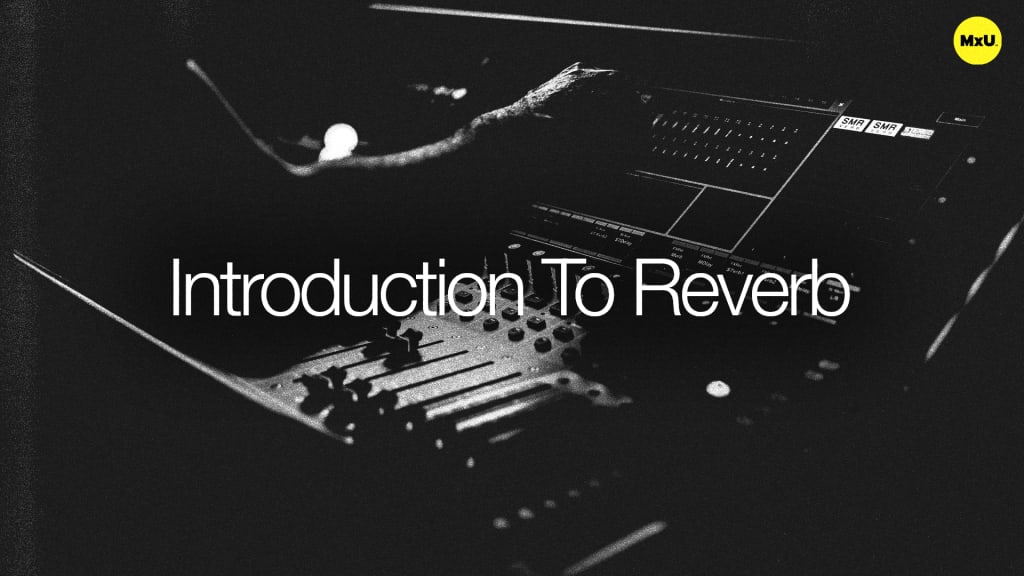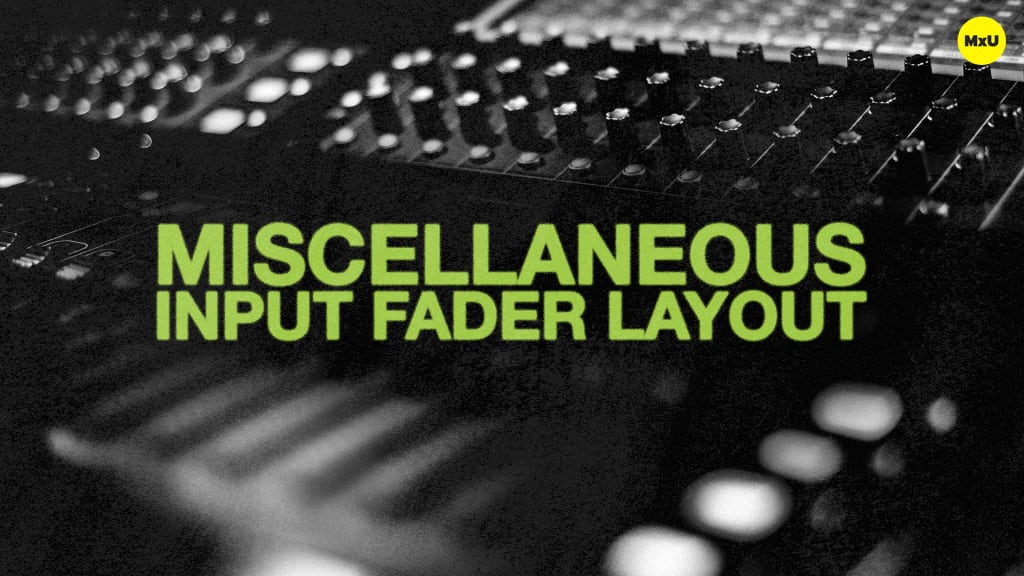Introduction to Delay
No actions available
Phil explains the basics of using delay. Much like other effects, delay has specific parameters used to adjust the sound. Some of these parameters include delay time, feedback, and wet vs. dry. Phil shows how to adjust these to improve your mix.
What is Delay?
Delay is a repeat of the original signal over time. It can be used creatively to stress parts of your mix. There are various types of delay, such as single echo, doubler, and extended delay.
- Single Echo: A single repeat of the original signal.
- Doubler: A very short delay time that thickens the sound.
- Extended Delay: Long delay times used to emphasize phrases or notes.
Delay Time
Delay time is the duration it takes for the repeat of the original signal to come back. It can be set manually or tapped in to match the tempo of your song.
Feedback
Feedback determines how many times the delay repeats. Higher feedback results in more repetitions, creating a denser echo effect.
- Low Feedback: Few repeats, creating a subtle effect.
- High Feedback: Many repeats, potentially creating a feedback loop.
Wet vs. Dry
The wet/dry controls the amount of delay effect added to the original signal. Adjusting this balance is crucial for achieving your desired sound.
- Dry Signal: The original, unaffected sound.
- Wet Signal: The processed sound with delay.
Stereo Delay
Stereo delay allows different timings on each side. It creates a ping pong effect where the delay bounces between the left and right channels.
Gear in This Video
- Allen & Heath Avantis









